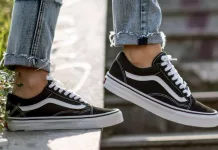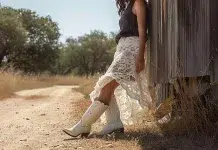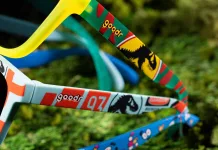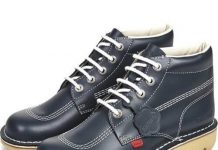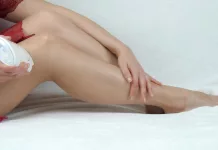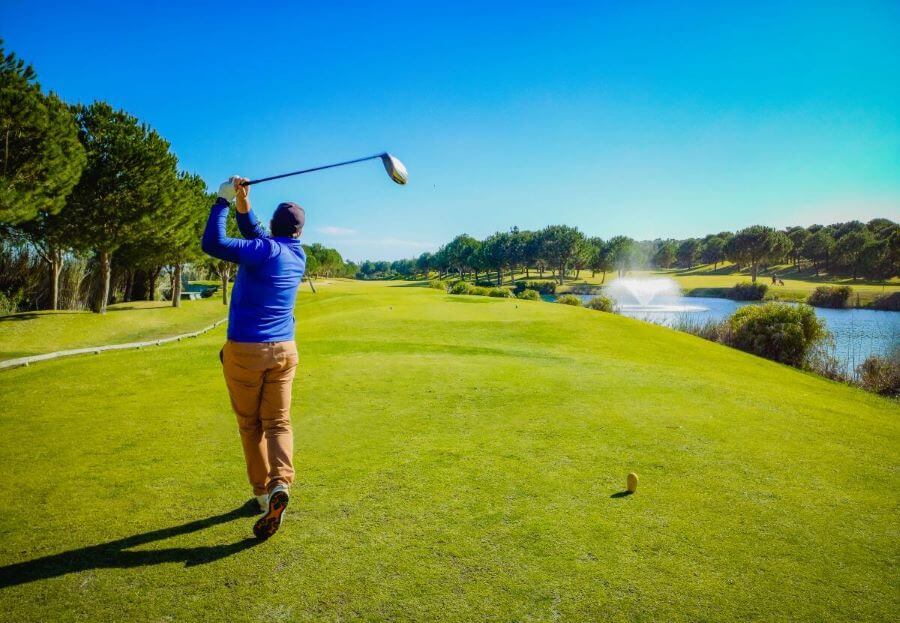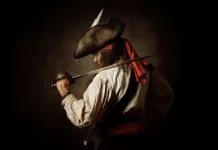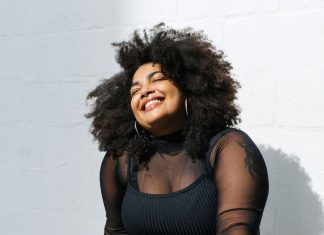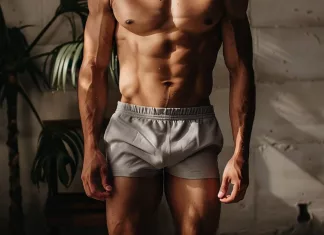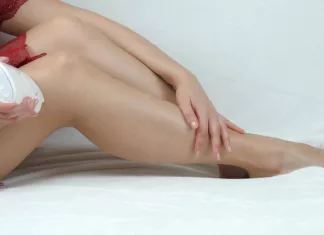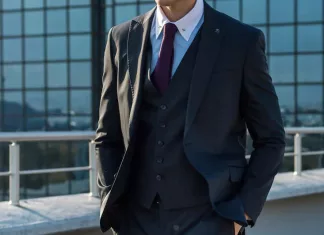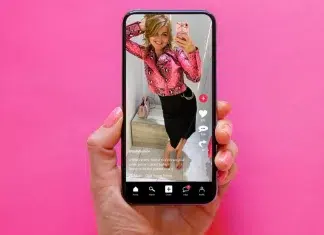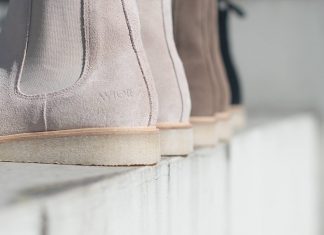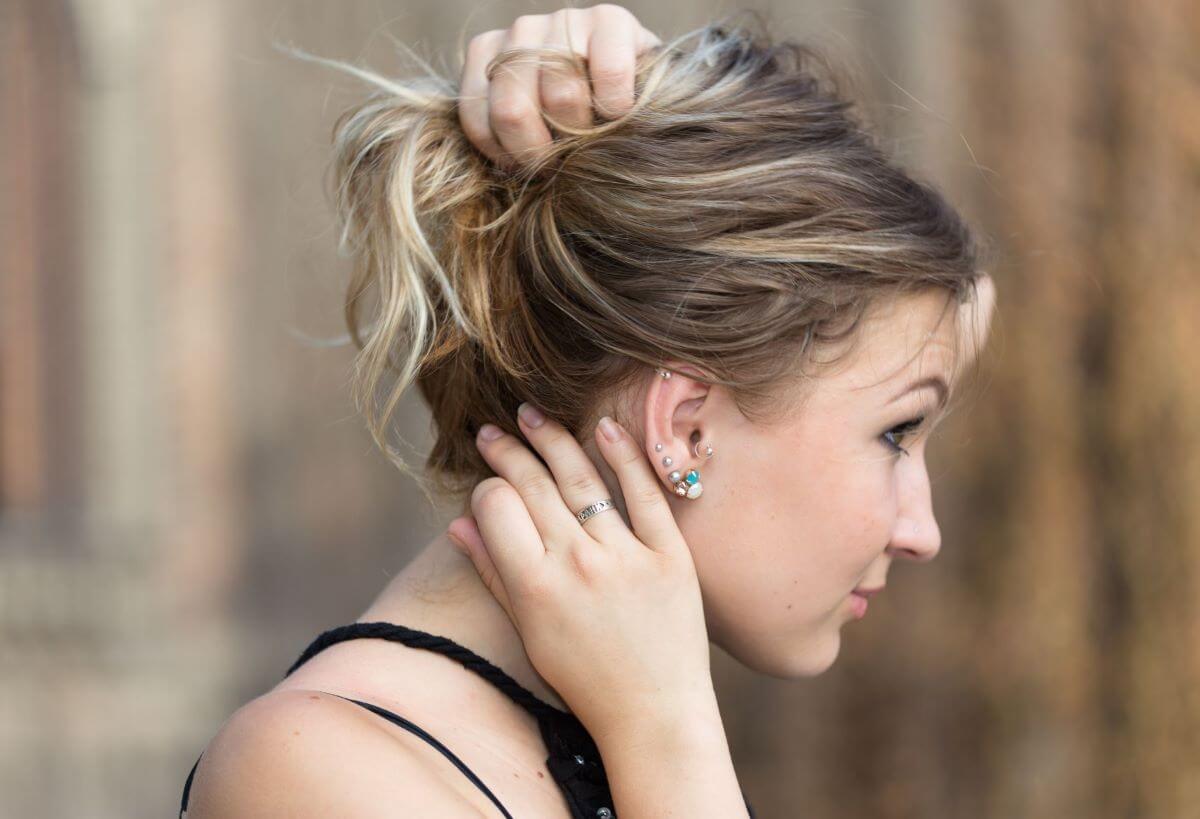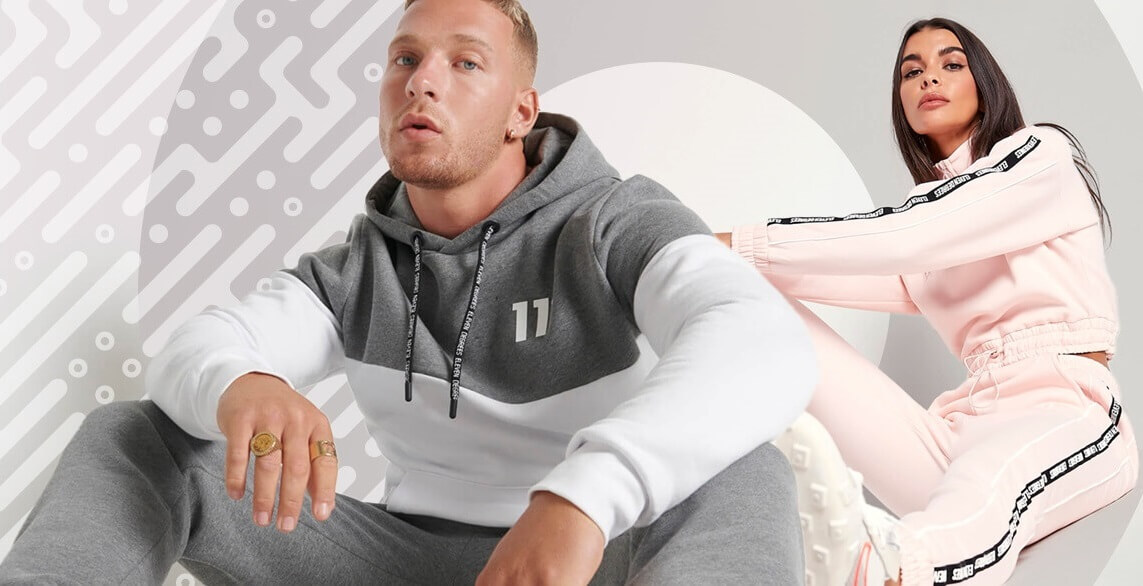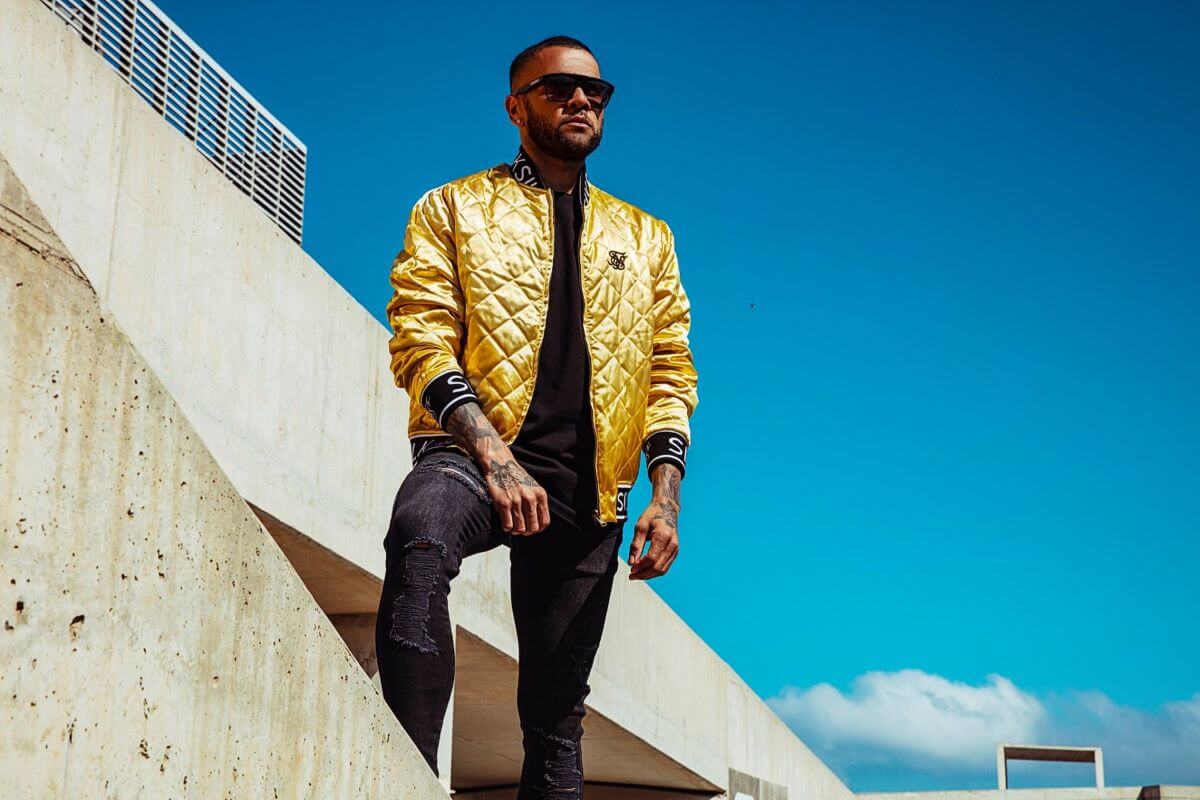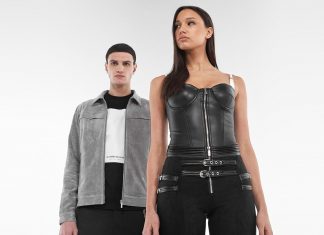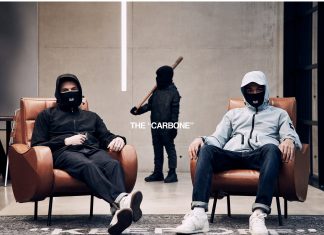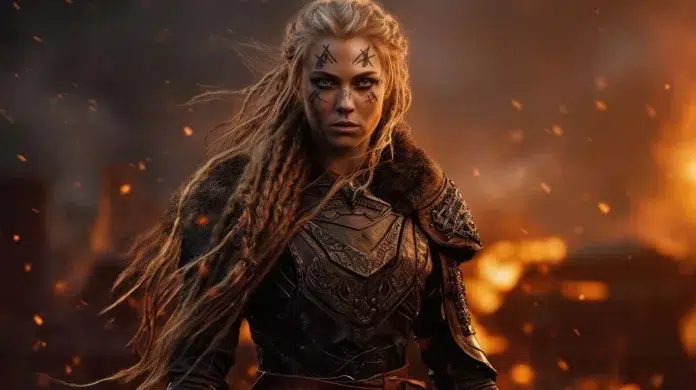
First Published: 23rd August 2023, written by Olivia Doonan | Last Updated on 24th August 2023 | Reviewed and Edited by Chloe Safilo
For cosplay fans of the Vikings, nothing beats an authentic look. This exploration of Viking braids delves into their historical significance, symbolic value in Norse mythology, and intricate design techniques.
The article aims to empower readers with the knowledge necessary for mastering this art form while exploring its modern adaptations, thus fostering a sense of cultural connection through the practice of ancient hairstyling traditions.
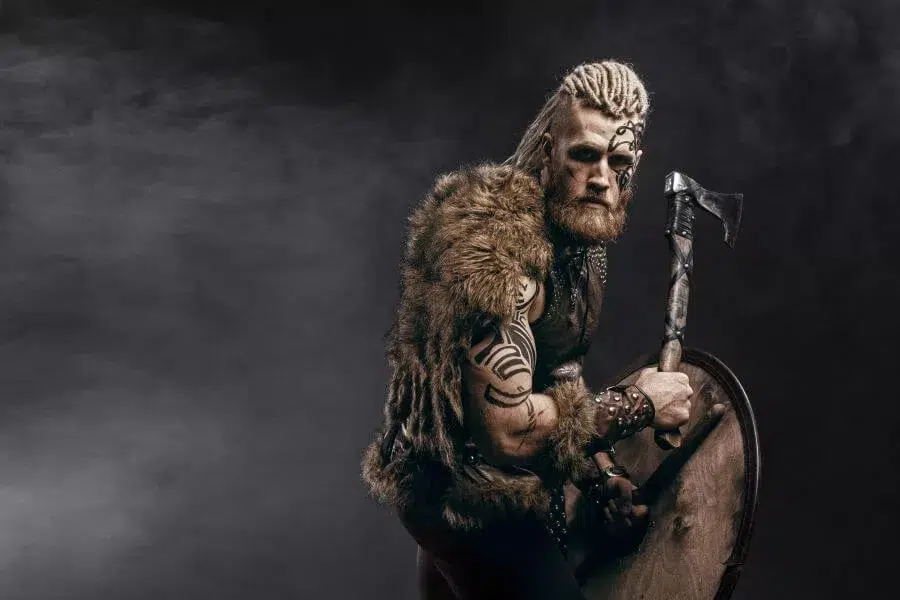
The History and Significance of Viking Braids
The exploration of Viking braids necessitates a deep dive into their historical context and cultural significance. Understanding how these intricate hairstyles were more than just a stylistic choice but also an emblem of Norse identity.
Braid symbolism in Viking social structure was extensive, varying by gender roles in braiding and often serving ceremonial purposes. The evolution of these hairstyles reflects broad influences from Norse exploration, including the variety of braiding materials used. Warrior aesthetics are apparent in the Scandinavian art inspiration behind many designs.
However, this leads to a discussion on cultural appropriation as these styles gain popularity outside their original context. Luckily, the Scandinavians are pretty proud of their Norse heritage and embrace the global cosplay.
Understanding the Basics of Viking Braid Styles
Understanding the basics of these intricate hairstyles entails grasping their historical significance, learning about various patterns and techniques, as well as appreciating the cultural symbolism embodied in each strand.
The Viking warrior lifestyle incorporated braid materials such as wool and horsehair to create aesthetics of power and bravery. Cultural adaptations led to braid evolution reflecting social status, with elaborately adorned braids symbolising higher ranks. Braid symbolism was deeply rooted in their beliefs; religious significance intertwined with every knot made.
Female shieldmaiden warriors adorned their braids with accessories such as beads and metallic threads, enhancing their image of strength. Thus, mastering Viking braid styles is not just a lesson in hairstyling but an immersive journey into a rich culture steeped in tradition and mighty lore.
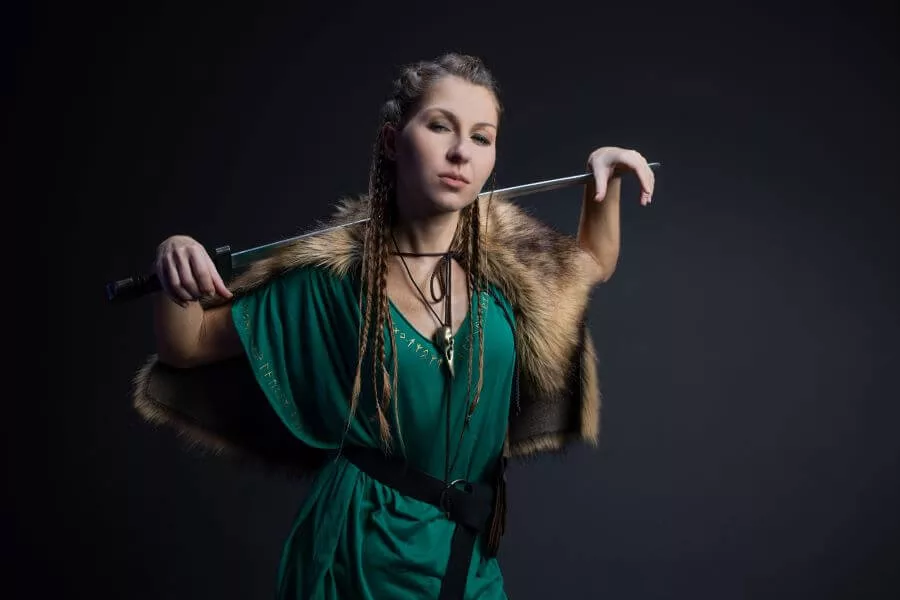
Step-by-Step Guide to Creating Simple Viking Braids
If you want to know how to do Viking braids step by step, here we go:
Step 1: Start by brushing your hair to remove any tangles and make it easier to work with.
Step 2: Divide your hair into three equal sections. The easiest way to do this is to make a middle part and then divide the hair on each side into two sections.
Step 3: Take the left section of hair and cross it over the middle section, so that it becomes the new middle section.
Step 4: Take the right section of hair and cross it over the new middle section.
Step 5: Repeat steps 3 and 4, crossing the left and right sections over the middle section, until you reach the end of your hair.
Step 6: Secure the end of the braid with a small elastic or hair tie.
Step 7: Repeat steps 2-6 on the other side of your head to create a second braid.
Step 8: Optional: You can gently pull on the sides of the braid to make it appear fuller and thicker.
Step 9: If desired, you can also accessorize your braids with small beads or ribbons.
Step 10: Finish the look with hairspray or a light styling product to help hold the braids in place.
Note: This guide provides instructions for a basic Viking braid. If you want to create more complex or intricate braids, you may need to follow additional steps or seek out more detailed tutorials.
Advanced Techniques for Intricate Viking Braid Designs
Advanced techniques for intricate designs often incorporate complex weaves and multiple strands, greatly enhancing the visual impact and historical authenticity of these cultural hairstyles. Braiding materials play a crucial role in braid durability, contributing to overall hair health. Notably, Viking culture inspired hairstyles are gaining popularity with impactful appearances in celebrity Viking braids.
These hairstyles not only symbolize a tribute to Viking fashion but raise questions about cultural appropriation. Braid symbolism is deeply rooted in history; its resurgence demands respectful understanding. Use of hairstyling tools enhances the artistic elements of these designs while ensuring longevity.
Braid accessories add an extra layer of authenticity, demonstrating belonging to those who resonate with this bold form of expression. These elements beautifully merge into creating intricate Viking braid designs, proving that artistry extends beyond traditional mediums.
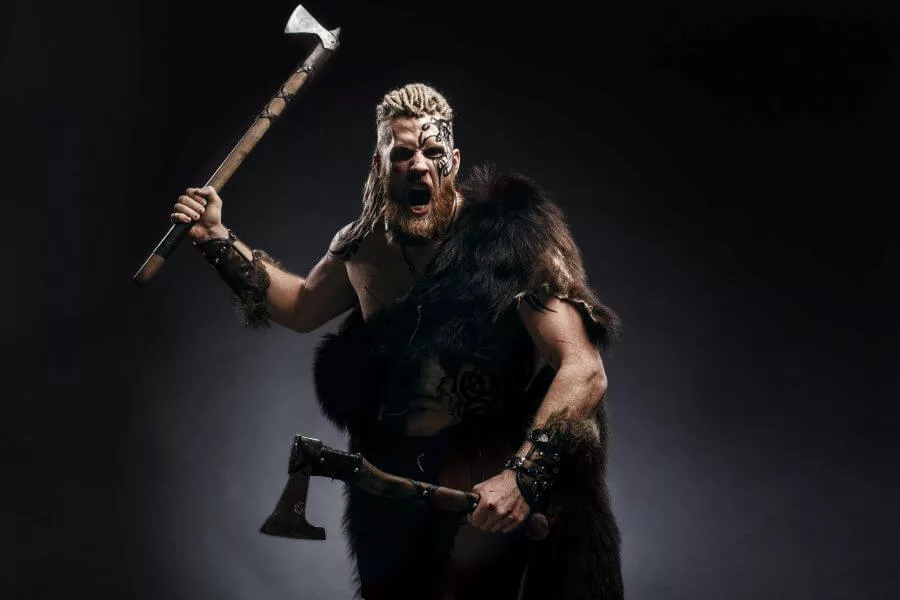
Norse Mythology’s Influence on Viking Braid Styles
Influences from ancient mythology have significantly shaped the styling conventions for intricate, interwoven hairstyles, impacting their adoption and adaptation across different cultures and time periods.
1. Norse Deities’ Hairstyles greatly influenced Viking Goddesses’ Braids through the incorporation of Sacred Symbols into the designs.
2. The Mythological Significance of these patterns is often highlighted during Viking Festivals’ Styles, where Battle Braids are worn with pride and reverence.
3. Runes Influence extends beyond mere adornment to Storytelling through Braids – every strand woven together tells a tale as old as the Sagas themselves.
4. Warrior Women’s Hair epitomizes these tales; each braid a testament to valour and resilience.
This study uncovers how mythological narratives intertwine with visual aesthetics in history, creating styles that resonate deeply within every individual who identifies with this rich cultural heritage.
Conclusion
In conclusion, Viking braids hold a significant historical and cultural value. These intricate hairstyles, deeply rooted in Norse mythology, have evolved over time to adapt to modern trends. Although their creation might pose some challenges due to their complexity, solutions are available that make mastering these techniques feasible.
Proper maintenance ensures the longevity of these styles. The versatility and rich history of Viking braids continue to influence current fashion trends worldwide with its powerful aesthetic appeal.
Who were the Vikings?
Vikings is the modern name for the seafaring people who originated from Scandinavia (present-day Denmark, Norway, Sweden and Iceland). From the late 8th to the late 11th centuries, they engaged in raiding, piracy, trading, and settlement across various parts of Europe. They even ventured as far as the Mediterranean, North Africa, Volga Bulgaria, the Middle East, and North America.
The Vikings had a significant impact on the early medieval history of Scandinavia, the British Isles, France, Estonia, and Kievan Rus (Belarus/Russia and Ukraine)
Who are some famous Vikings?
The following figures may have been semi-legendary or their stories likely have been embellished over time. Either way, they are drinking in the halls of Valhalla.
1. Ragnar Lothbrok – A legendary Viking hero and ruler, often depicted in Norse sagas and the TV series “Vikings.”
2. Erik the Red – A Norse explorer and founder of the first Norse settlement in Greenland.
3. Leif Erikson – Son of Erik the Red, credited with being one of the first Europeans to reach North America.
4. Harald Hardrada – A Norwegian king and skilled warrior who led numerous military campaigns during the Viking Age.
5. Olaf Tryggvason – A Norwegian king known for his conversion to Christianity and efforts to spread the religion among Vikings.
6. Ivar the Boneless – A Viking leader and warrior, believed to have been a son of Ragnar Lothbrok.
7. Lagertha – A legendary Viking shieldmaiden and ruler, also featured in Norse sagas and the TV series “Vikings.”
8. Rollo – A Viking chieftain who became the first ruler of Normandy, France, after settling there with his warriors.
9. Sweyn Forkbeard – A Danish Viking king who briefly ruled over England and Denmark in the late 10th century.
10. Gudrid Thorbjarnardóttir – An Icelandic explorer and one of the few known female Viking travellers, mentioned in the Vinland sagas.







